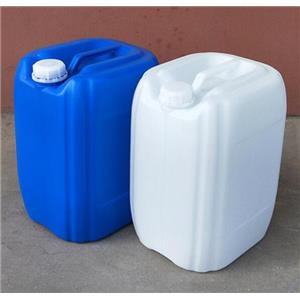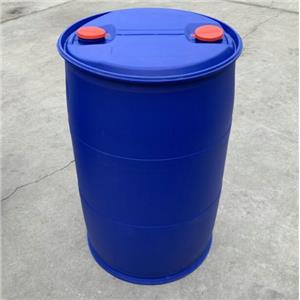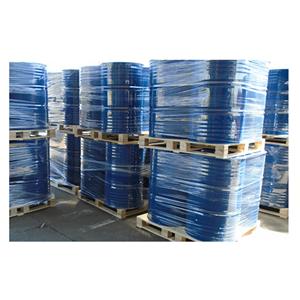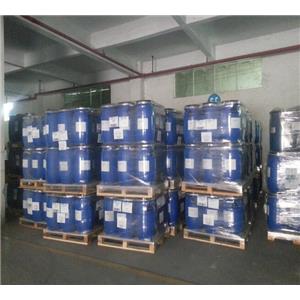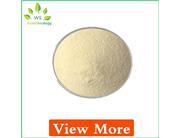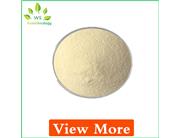Chitosan oligosaccharide (COS) is a derivative of chitosan, itself derived from chitin—the second most abundant natural polymer found in the exoskeletons of crustaceans like shrimp and crabs. COS consists of shorter chains of glucosamine and N-acetylglucosamine units, making it more soluble and bioactive compared to its parent compound, chitosan. A 10% COS solution refers to a concentration where 10 grams of COS are dissolved in 100 milliliters of solvent, typically water. This concentration is commonly used to maximize the bioactive properties of COS for various applications. Below are the primary applications of a 10% Chitosan Oligosaccharide Solution across different industries:
## 1. **Agriculture**
### **Plant Growth Promotion**
- **Seed Treatment:** COS solutions can enhance seed germination rates and improve seedling vigor by stimulating enzymatic activities and nutrient uptake.
- **Foliar Sprays:** Applied to plant leaves, COS acts as an elicitor, inducing plant defense mechanisms against pathogens and enhancing overall plant health.
### **Pest and Disease Management**
- **Biocontrol Agent:** The antimicrobial properties of COS help in controlling fungal and bacterial diseases, reducing the reliance on chemical pesticides.
## 2. **Medical and Pharmaceutical**
### **Wound Healing**
- **Topical Applications:** A 10% COS solution can be used as a wound dressing due to its hemostatic (blood-clotting) and antimicrobial properties, promoting faster healing and reducing infection risks.
### **Drug Delivery**
- **Carrier Systems:** COS serves as a biocompatible carrier for delivering drugs, enhancing bioavailability, and enabling controlled release of therapeutic agents.
### **Antioxidant and Anti-inflammatory Agent**
- **Supplements:** COS is incorporated into dietary supplements for its antioxidant properties, which help in reducing oxidative stress and inflammation in the body.
## 3. **Food Industry**
### **Food Preservation**
- **Natural Preservative:** COS solutions can extend the shelf life of perishable foods by inhibiting the growth of spoilage microorganisms.
### **Functional Food Additive**
- **Nutritional Enhancement:** Incorporated into foods, COS can improve nutritional profiles by adding dietary fiber and enhancing the stability of food products.
## 4. **Cosmetics and Personal Care**
### **Skin Care Products**
- **Moisturizers and Creams:** COS is valued for its ability to retain moisture, improve skin elasticity, and promote skin barrier function, making it a popular ingredient in lotions and creams.
### **Hair Care**
- **Shampoos and Conditioners:** COS can enhance hair strength, shine, and manageability by forming a protective film around hair strands.
## 5. **Environmental Applications**
### **Water Treatment**
- **Flocculant Agent:** In a 10% solution, COS effectively aggregates suspended particles, facilitating their removal from wastewater through sedimentation or filtration.
- **Heavy Metal Removal:** COS can chelate heavy metals, aiding in the purification of contaminated water sources.
### **Bioremediation**
- **Pollutant Degradation:** COS enhances the degradation of organic pollutants by microorganisms, contributing to cleaner environments.
## 6. **Biotechnology and Research**
### **Cell Culture**
- **Scaffold Material:** COS solutions are used to create scaffolds for tissue engineering, providing a biocompatible matrix for cell growth and differentiation.
### **Gene Delivery**
- **Non-viral Vectors:** COS serves as a safer alternative to viral vectors for delivering genetic material into cells in gene therapy applications.
## 7. **Textile Industry**
### **Fabric Treatment**
- **Antimicrobial Finishes:** Applying a 10% COS solution to textiles can impart antimicrobial properties, making fabrics resistant to bacterial and fungal growth.
## **Why 10% Concentration?**
A 10% COS solution strikes a balance between efficacy and practicality across various applications. This concentration is typically sufficient to exhibit significant bioactive properties such as antimicrobial activity, plant growth promotion, and effectiveness in drug delivery systems without causing excessive viscosity or cost issues. However, the optimal concentration may vary depending on the specific application and desired outcomes.
## **Safety and Handling**
While COS is generally regarded as safe and biocompatible, it's essential to handle a 10% solution with appropriate safety measures:
- **Protective Gear:** Wear gloves and eye protection to prevent irritation.
- **Proper Storage:** Store in a cool, dry place away from direct sunlight to maintain stability.
- **Disposal:** Follow local regulations for the disposal of chemical solutions to minimize environmental impact.
## **Conclusion**
A 10% Chitosan Oligosaccharide solution is a versatile and powerful formulation utilized across multiple industries, including agriculture, medicine, food, cosmetics, environmental management, biotechnology, and textiles. Its biocompatibility, biodegradability, and range of bioactive properties make it an invaluable tool for enhancing product efficacy, promoting sustainability, and advancing technological innovations.
If you are considering using a 10% COS solution for a specific application, it's advisable to consult relevant scientific literature or industry guidelines to ensure optimal results and safety.

 China
China

